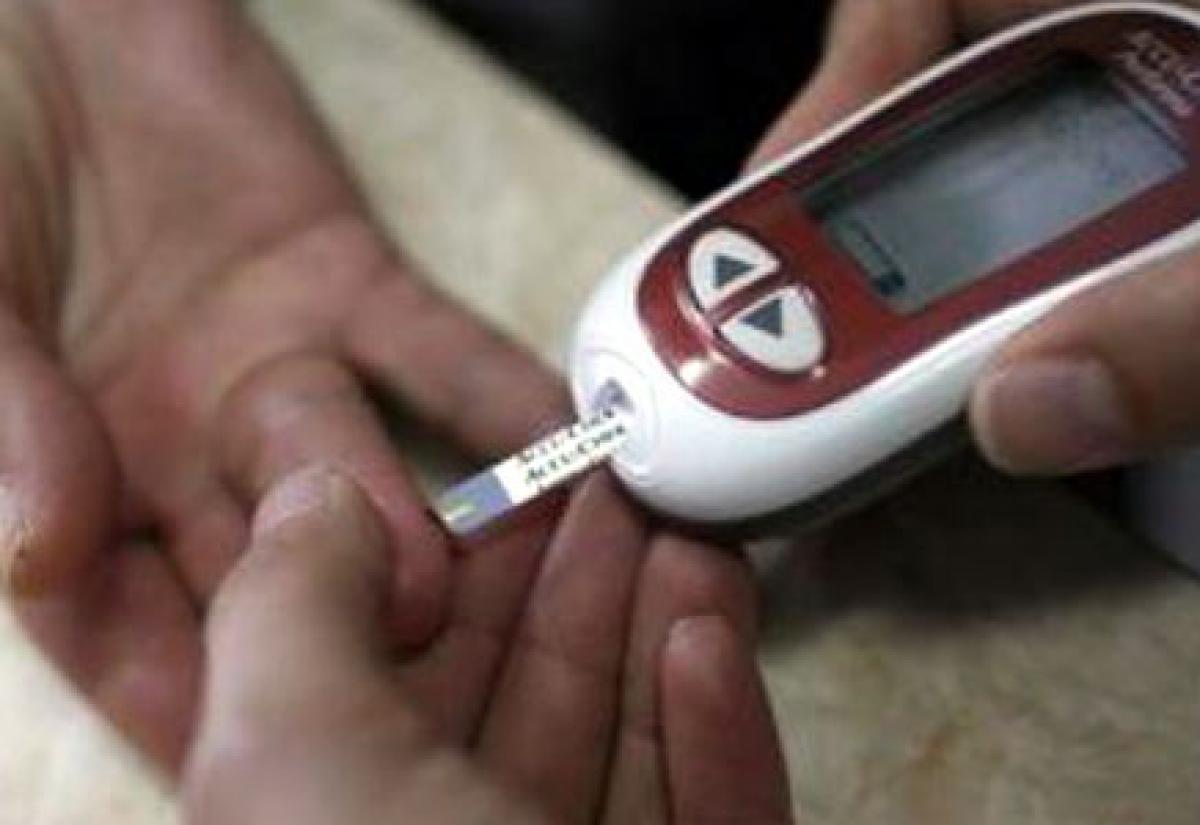Live
- Supreme Court Denies Bail to Former YSRCP MP Nandigam Suresh
- Nepal-Tibet earthquake claims 95 lives, 130 injured
- First Made-in-India Train Set Launched for Namma Metro's Yellow Line
- Tragic Suicide of Couple Due to Blackmail: A Wake-Up Call for the Community
- He’s gonna be around for a long time: Konstas' mentor praise teen opener
- Bengaluru's Titagarh Launches First Made-in-India Driverless Trainset for Namma Metro Yellow Line
- BJP Condemns Attack on State Office, Calls for Action Against Congress Supporters
- SC issues notice on Maneka Gandhi’s plea challenging election of SP's Sultanpur MP
- Bengaluru: Tragic Losses: 8-Year-Old Tejaswini and 29-Year-Old Nilay’s Sudden Deaths
- Kanguva Surprises as It Enters the 2025 Oscar Race; Other Indian Films Shortlisted





.jpg) Washington D.C:
Washington D.C:



